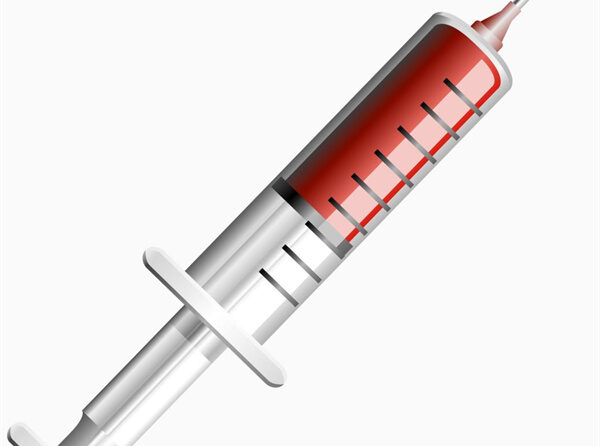Platelet-Rich Plasma (PRP) therapy has gained a reputation as a revolutionary healing and rejuvenation technique, but like any medical procedure, it’s essential to be well-informed about the potential side effects. In this blog, we’ll embark on a journey to explore the world of PRP therapy, shedding light on possible side effects, their likelihood, and how to navigate them safely.
The PRP Promise: Healing from Within
Before we delve into potential side effects, let’s revisit the essence of PRP therapy. PRP therapy leverages the body’s innate healing potential by using concentrated platelets and growth factors from your blood to stimulate tissue repair, collagen production, and cellular rejuvenation. It’s a natural, non-surgical approach to healing and aesthetics.
Possible Side Effects of PRP Therapy:
1. Mild Discomfort:
Some patients may experience mild discomfort or pain at the injection site. This discomfort is usually temporary and can be managed with over-the-counter pain relievers.
2. Swelling and Bruising:
Swelling and bruising are common side effects, especially in cosmetic PRP treatments. They typically resolve within a few days to a week.
3. Infection:
Although extremely rare, there is a risk of infection at the injection site. Strict adherence to proper sterilization and hygiene protocols minimizes this risk.
4. Allergic Reaction:
PRP therapy is derived from your own blood, reducing the likelihood of allergic reactions. However, it’s essential to inform your healthcare provider of any known allergies or sensitivities.
5. Hematoma:
In rare cases, a hematoma (a localized collection of blood outside blood vessels) may occur at the injection site. This can cause localized swelling and discomfort but typically resolves on its own.
6. Nerve Injury:
The risk of nerve injury during PRP injections is minimal when performed by a trained and experienced healthcare professional. They will take precautions to avoid nerves and vital structures.
7. Lack of Desired Results:
While not a true side effect, it’s important to understand that the effectiveness of PRP therapy can vary among individuals. Some may experience significant improvement, while others may see limited results.
8. Post-Treatment Care:
Proper post-treatment care is crucial to minimize side effects. It’s essential to follow your healthcare provider’s instructions regarding activity restrictions, skincare, and any prescribed medications.
Managing Potential Side Effects:
Here are some tips for safely navigating the potential side effects of PRP therapy:
- Choose a Qualified Provider: Select a reputable healthcare professional who is experienced in PRP therapy to minimize the risk of complications.
- Discuss Your Medical History: Be open and transparent with your provider about your medical history, allergies, and any medications you are taking.
- Follow Aftercare Instructions: Adhere to the post-treatment care guidelines provided by your healthcare provider to reduce the likelihood of side effects and optimize results.
- Communicate: If you experience any unusual or severe side effects after PRP therapy, promptly contact your healthcare provider. Early intervention can be crucial.
Conclusion
While the potential side effects of PRP therapy are generally mild and rare, it’s essential to be informed and prepared. PRP treatment is considered safe when administered by qualified professionals following proper protocols. The key to a successful PRP journey lies in careful selection of your provider, open communication, and diligent post-treatment care. When approached with care and knowledge, PRP therapy can offer transformative benefits with minimal risk.








